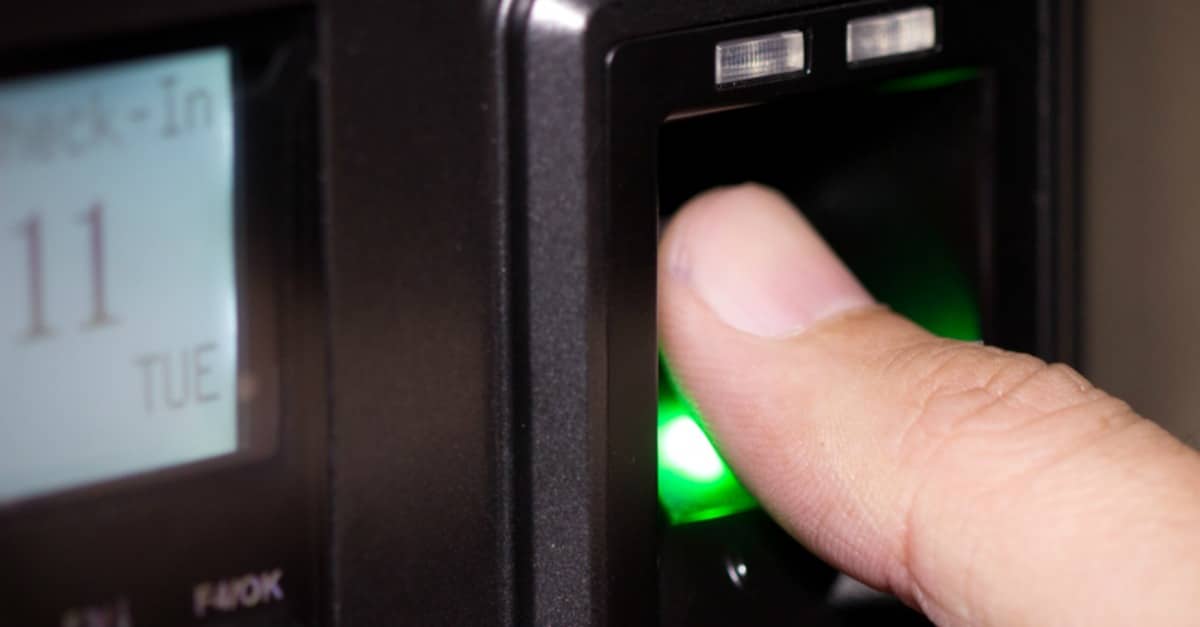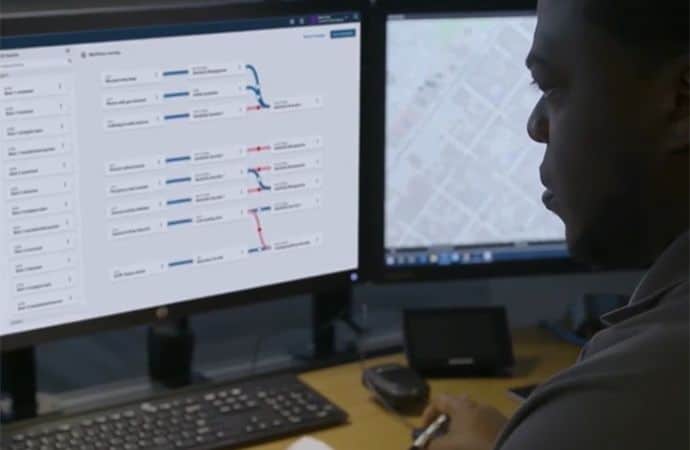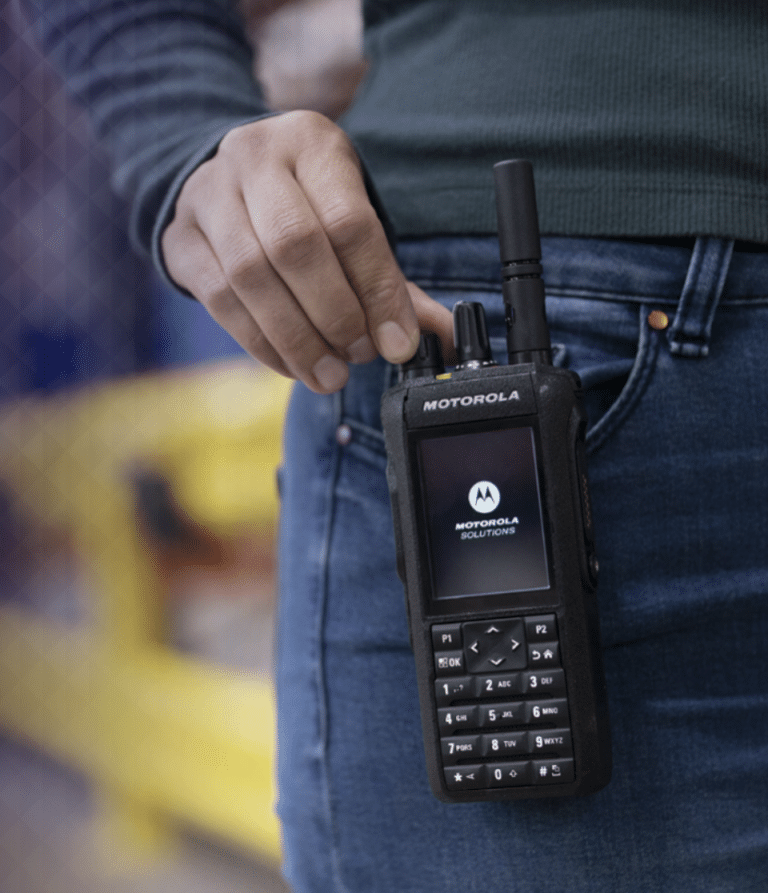When you’re in charge of security, nothing helps you sleep at night like knowing everything is locked up tight. But peace of mind may be elusive if you keep relying on keys.
“Waiting too long to move on from traditional keys can be costly,” says Mike Markham, Commenco’s Director of Technology Solutions. “We’ve seen businesses suffer major losses, and the message we try to send is don’t wait for a crisis to force you to get serious about access control.”
Relying on keys to control access in and around your business leaves you exposed to unnecessary security risks and inefficiencies. Most organizations can do much better and there are plenty of reasons to make it a priority.
1. You’re Tired of the Hassle and Want More Control
Metal keys and their security flaws haven’t changed much over the years. Keys are easily stolen, copied and used to cause harm by criminals and disgruntled employees. Simple human errors such as losing keys, passing them around irresponsibly or just leaving doors unlocked are also a problem. Markham says managing keys can be a security and efficiency nightmare.
“A good amount of trust goes along with issuing traditional keys. If that trust is violated in any way, intentionally or accidentally, you have to change locks and issue new keys. And you may have to do it every time an employee leaves your company.”

Is your team growing? You may also need a steady supply of additional key copies for new staff members. Every extra key carries extra risk and more potential of having to replace all keys every time one winds up lost or stolen. Markham says keys may seem like cheap security but they drag on resources in the long run.
“Businesses find they are routinely changing locks and keys for a variety of reasons. That’s time and money. The cycle doesn’t end and you’re always trying to keep up. And you may never really feel like you’re controlling the security risk.”
Access control is about controlling the who, where, and when. Tight security requires strong capabilities in all three areas. Keys can’t do it all so you have to look past them for more powerful access control solutions.
2. You Can Afford Smarter Options
Key cards, pin pads, smartphones and biometric devices are all on the table when you decide to give up traditional keys. If fear of sticker shock has been holding you back, look a little closer. Markham says high tech access control is on the market now for lower prices than you might remember.
“These technologies are really common now. You’ll find consumer versions of many of them on the shelf at big box retail stores. Don’t let cost deter you. Prices are pretty reasonable and the technologies can deliver far more value in security than you pay upfront.”

Access control technologies can empower a single user in a remote location to fully control one or all doors in a building. Doors can be locked or unlocked at the same time, unusual activity can trigger alerts, and controls can be customized down to the individual. The technology puts you firmly in command of who has access, when and where within your building.
“The really nice part is you can quickly configure access for an individual,” says Markham. “You can turn it on, turn it off, choose which areas are accessible and set time parameters for accessibility. The whole process is so much more streamlined while giving you more control and flexibility, and reducing your security risk at the same time.”
Analytics capabilities make access control technologies even more valuable to employers. Analytics can teach you new things about your operation such as the arrival and departure times of employees and how they move throughout your building.

“Traditional keys can’t tell you when a lock is unlocked or who unlocked it,” says Markham. “Analytics tell you what’s going on at access points at a specific moment or over time. The insights can be really revealing and help you identify security issues or even opportunities for improving the operation of your business.”
Access control systems can be purchased as stand-alone systems, but can also connect to other security systems, such as surveillance cameras, to create a more comprehensive strategy. Markham says coordinating cameras and access activity can highlight hidden issues you might want to know about.

“Maybe you’ve got an employee who routinely props the back door open to slip out for a cigarette or maybe someone is removing items from your building after hours without permission. You’d be surprised what access control data and camera footage can uncover.”
Markham says key cards and pin pads are popular, but more and more businesses are now moving toward the use of systems tied to smartphones or biometrics, such as fingerprints or retina scanning.

“When you get into key cards and pin pads, you’re getting into better control but still have a physical asset or a code you have to manage and track. Key cards have to be programmed, turned on and turned off. Pin pads require passcodes which can be easily shared, unfortunately. So, smartphone recognition and biometric devices like fingerprint readers have started to catch on as low hassle, high-performance options that are highly customizable and more streamlined.”
Setting up an access control system is nothing to dread either. Typically, it only involves a server, cables linking doors and the door locks themselves. Markham says it’s not an easy do-it-yourself project, but professional installation may only take a day or two depending on the environment. Ideally, an access control system is included in a building’s original security design.

3. The Future of Business is Keyless
Traditional, metal keys are losing their relevance in the digital age. There are just too many risks and complications involved for even small businesses, and technology-based access control simply makes more sense.
It’s easier to use, smarter, and is much more powerful in reducing security risks. Digital systems can also grow with your business, allowing you to expand in size and complexity without worrying about an assortment of new keys that come with all of the related risks and responsibilities.
Some businesses are finding they literally can’t use metal keys anymore. Markham says high-tech companies working with sensitive equipment are quick to embrace digital access control technologies.
“Just recently we installed a system at a local hospital in an area where the presence of metal keys can interfere with the operation of medical equipment. That’s just one example. We’re seeing more and more of this kind of thing.”

Also, consider the message your access control strategy sends to your employees. Do traditional keys help employees feel safe? The reality is digital access control is becoming a workplace expectation and a symbol of a safe work environment. While the functional purpose of access control is the main benefit, the positive impact on employee culture can boost retention and recruitment by default.
If the thought of transitioning from keys to a digital access control system feels intimidating, a quick conversation with our team can likely put you at ease.






